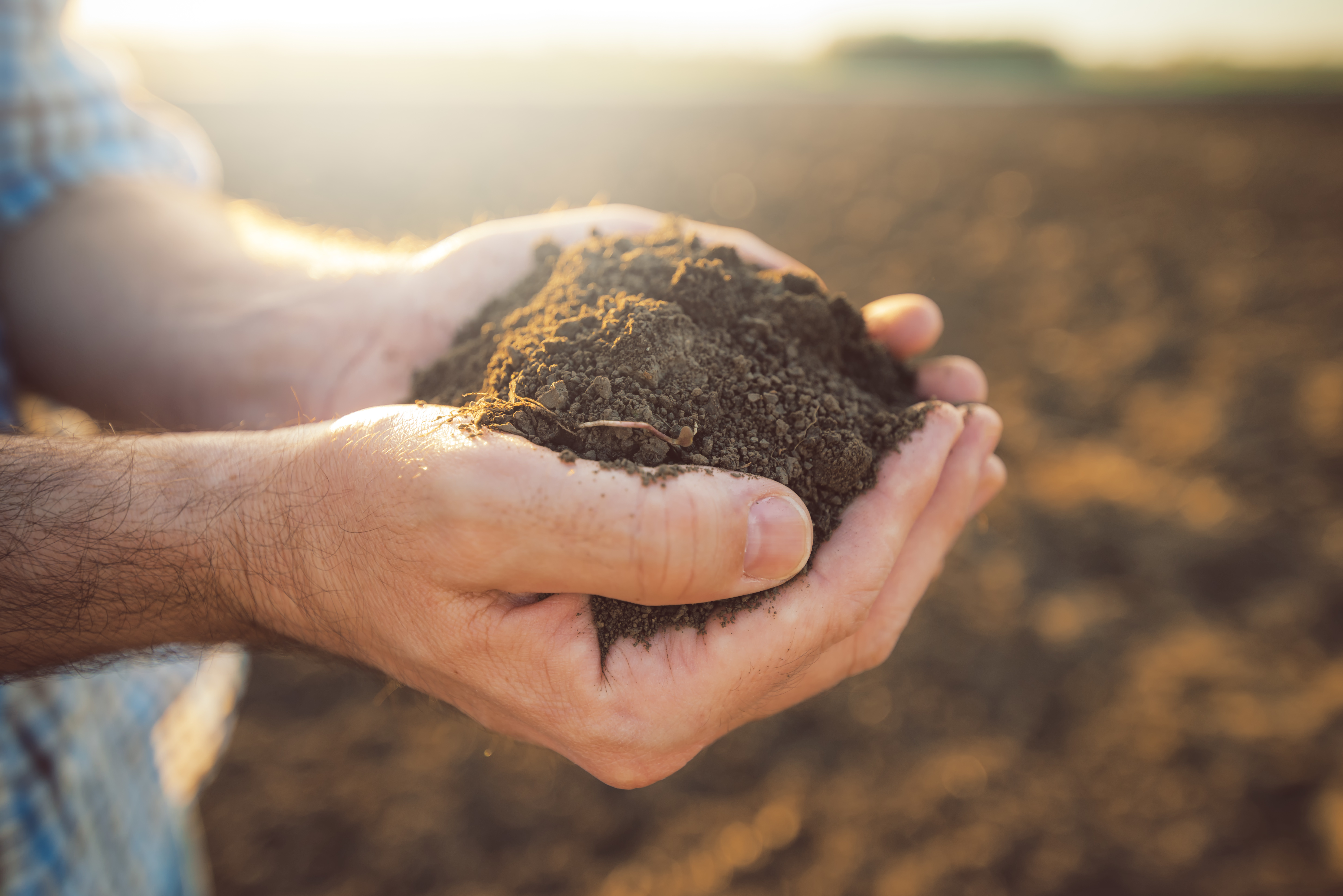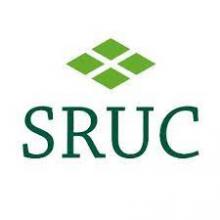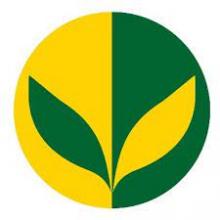This Topic doesn't yet have a Stewarded summary, but connected groups, content and organisations show below.
Click the 'Ask to Join' button if you would like to be a Steward for this Topic and provide a summary of current knowledge and recommend useful resources, organisations, networks and projects.
Share your thoughts, activities and questions on soil carbon here.







Discussion
Can soil carbon be measured with sufficient accuracy to justify carbon offsetting charges?
Should soil carbon measurement include both non-labile and labile carbon?
As a generality the addition of soil carbon increases reserves up until the point when the carbon addition is matched to the increased oxidation of the larger carbon pool. My interest is that in at least some situations direct drilling will release more nitrous oxide (depending on waterlogging and temperature) and this will probably not change significantly. The result is that direct drilling in the long term is not positive for reducing emissions in the longer term (ignoring cultivation energy).
Is there any comment from those in research?